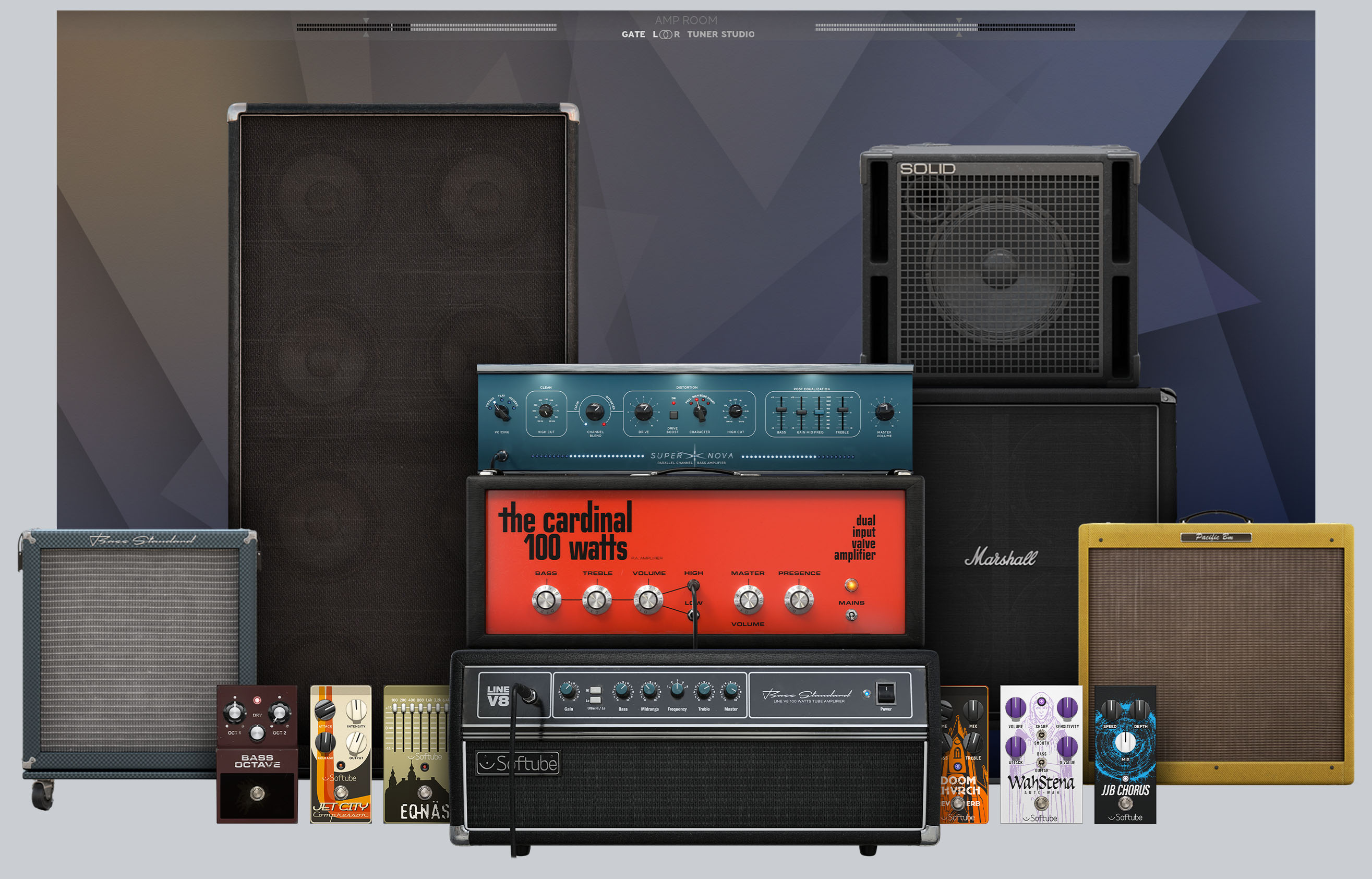
User Manual
Amp Room Bass Suite
Getting started (quick start-manual)
Suite Gear
Amplifiers
Cabinets
IR loader LoadIR module
Pedals and Studio Effects
Credits
Related manuals
Getting started (quick start-manual)
Presets
Amp Room factory presets are your friend for both quickly learning how Amp Room works and for finding great sounds fast. You can find factory and User presets both here:
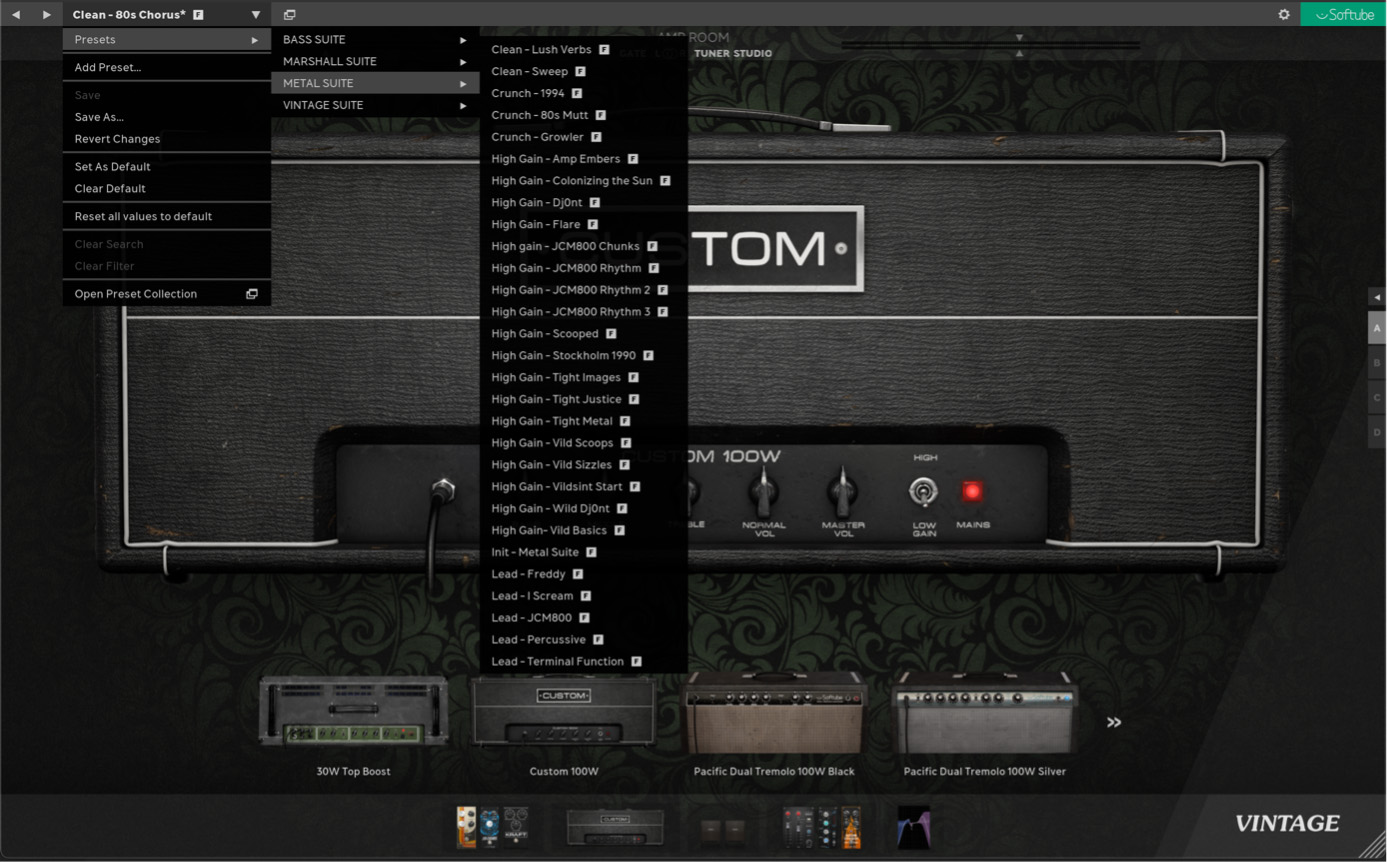
And here. This will open Preset Collection in a pop-up window. See the Preset Collection manual for more information.
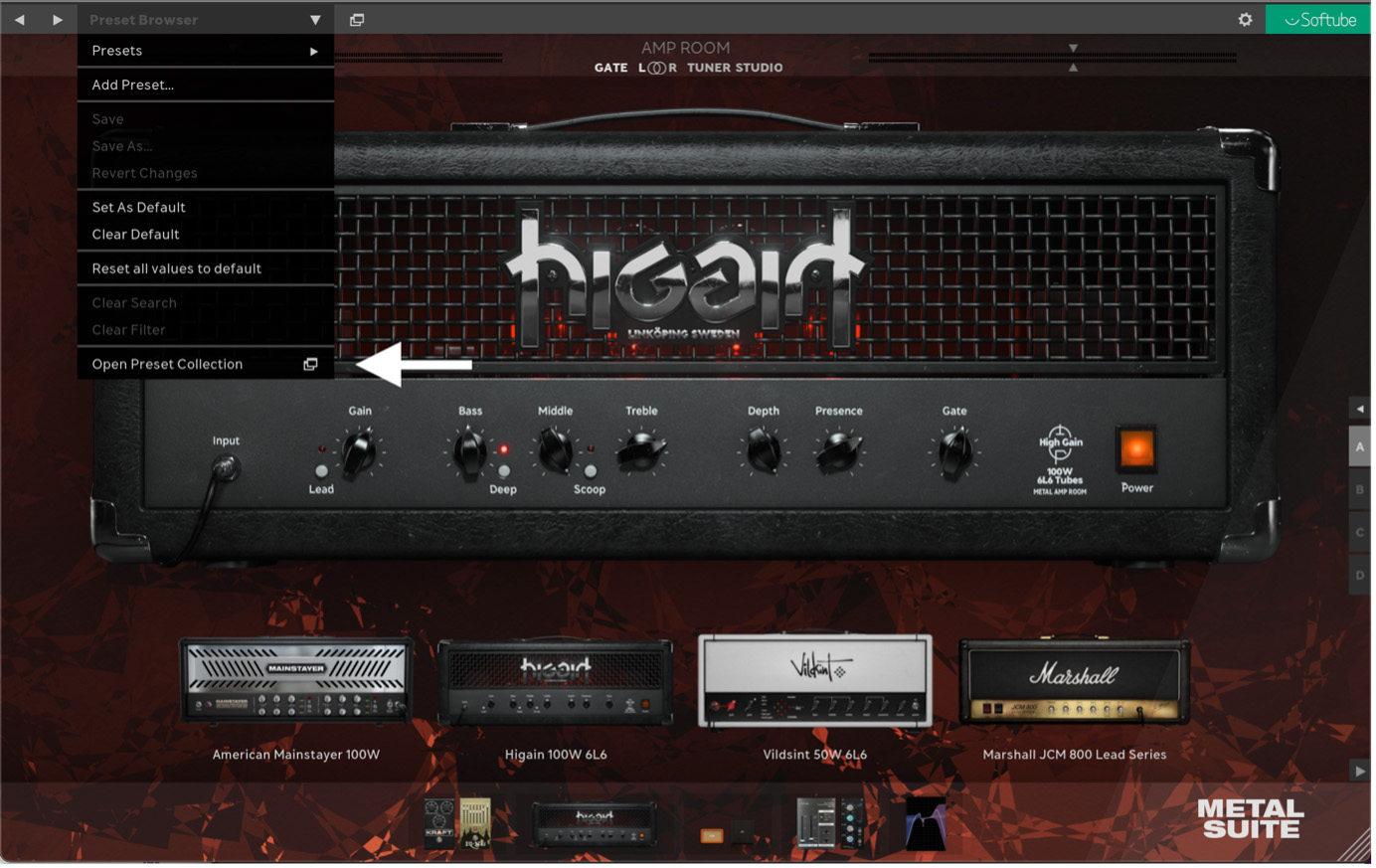
Switching between Suites
If you own more than one Amp Room Suite, you can switch between Suites by clicking on the Suite selector and selecting another Suite in the list. Choosing a preset from another Suite will automatically switch Amp Room to the Suite where the preset belongs.
The currently loaded Suite (see arrow) is activated on mouse-over. To deactivate this mouse-over pop-up, see “Settings” (cog wheel, top right corner).

Note: all current signal chain progress will be lost when switching to another Suite/preset.
When loading a Suite, only the content that comes with it will show in the amp and cab section. If you own multiple suites, you can always access content from other suites by clicking the "Show all" button in the amp and cab section. Click again to hide non-suite specific content. The pedal and effects sections always show everything.
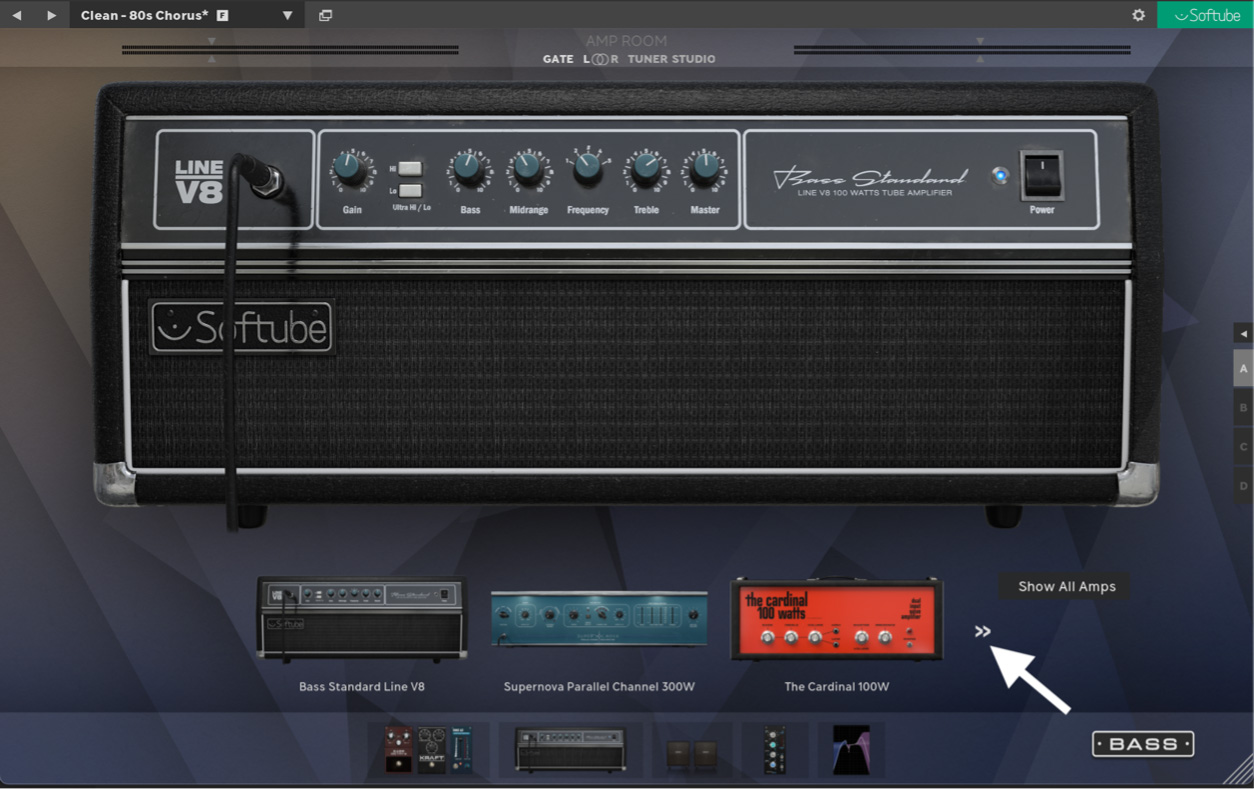
This concludes the Suite Quick Start manual over Amp Room. We strongly recommend that you also check out the main Amp Room manual for information on Studio mode and all the over features and functions of Amp Room.
Note: Apart from the gear that is included in the Suite, all Amp Room Ready Softube products that you own will also be accessible automatically inside Amp Room. For a complete list of Amp Room Ready plugins, please see the Amp Room Ecosystem page.
Bass Standard Line V8

This model of an all-tube gem of an amp is the way to go when looking for a bass sound that has punch and grit, but also, - when rolling the knobs back a bit - when searching for superb tone and clarity. It might be the 100W little brother of it’s “industry standard” 300W sibling, but it’s quad if 6L6s leave nothing to be desired when it comes to a fullness of sound.
Did we mention that this amp is superb for clean guitar tones? Give it a try. It just might become your go-to amp for the sparkly, spanking clean guitar notes!
Supernova Parallel Channel 300W

Design your dream bass tone with Supernova, our modern parallel bass amp. You can easily sculpt your tone with the predefined EQ modes and distort one channel to your heart’s content and blend back the clean DI signal and to bring back clarity and rumble in the low end.
Supernova will make your bass tones shine bright like a million stars.
The Cardinal 100W
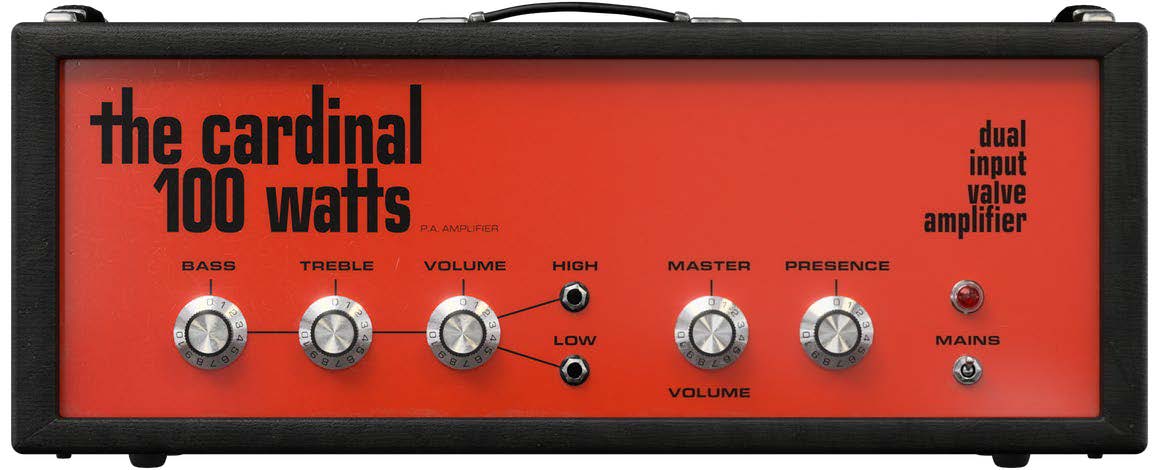
With a stricter-than-a-mother-superior sound, this bass amp has some tricks up its sleeve. Based on an early 70s 100W UK valve PA amp, this amp delivers tones with thick bass, tremendously firm mids, clear treble and takes pedals really well.
Have we mentioned that it works great for guitar too? We should. It is a sleeper of a guitar amp gem too!
Direct Input DI

For those looking to achieve a great DI signal!
The EQ is inspired by Softube's Focusing Equalizer, with a mid-band tone that sits in the musical center between the high and low filters.
Start sculpting the sound by setting the low cut and high cut to where they sound right, then adjust the tone control from thin to fat according to taste.
As the panel denotes, the low cut knob does nothing in its leftmost position. Turning it to the right cuts bass increasingly. High cut works the other way around, with maximum cut at its leftmost position.
Bass Standard Line 8x10
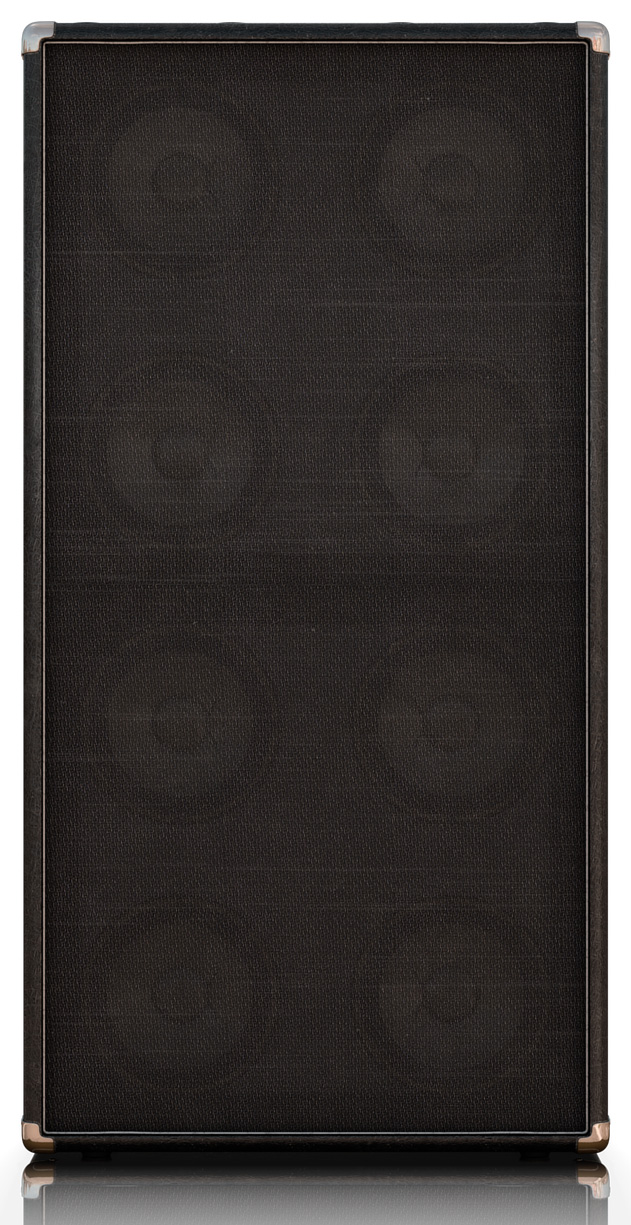
If there was ever a classic bass guitar cabinet, this is the one. You'll find this cab in practically every studio and on every stage, and for a very good reason. This 8x10" produces as much bass as you could possibly need while still maintaining clarity and definition in the high mids.
The trick is to not exaggerate the low end - there is plenty of it already - but perhaps roll it off a bit to make the bass sit better in the mix.
Speaker: Ampeg Custom 10" 150W
Bass Standard 1x15
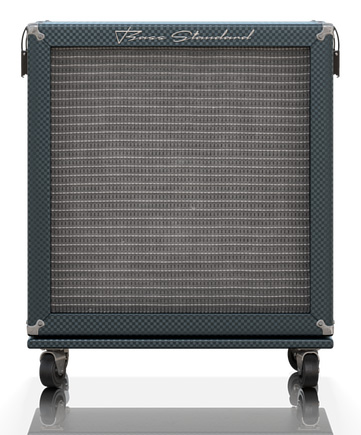
This 200W 1x15" cab section of a Bass Standard amp&cab combo has a lot of sweet spots and will cater to the most demanding of bass needs.
Speaker: Custom Eminence
Solid 1x15
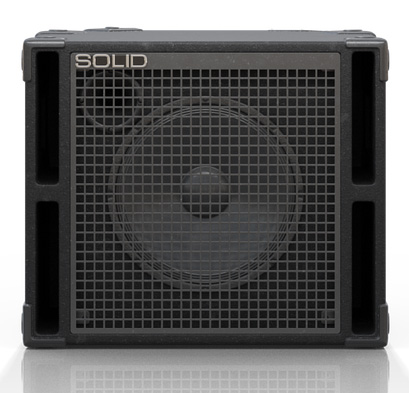
This So-Cal 15” workhorse bass cab can move lots of air and really packs a punch with its fast transient response and rumbling lows. Known for its quick low-end punch and clarity.
Speaker: Ceramic
Pacific '59 BM 4x10
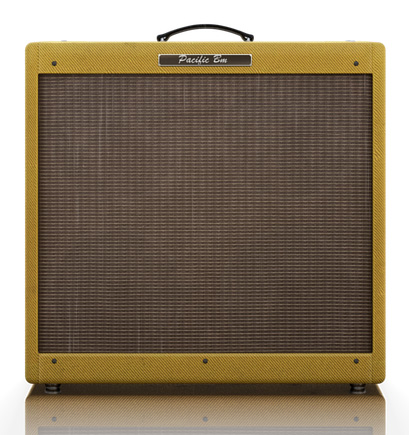
This American-made 4x10 cabinet gets you right in the territory of those classic, chimey, mid-rangey sounds that have shaped guitar sounds for decades, but it’s actually a great tool for shaping bass tones as well. With this cab you'll get nicely pronounced mids. Try pairing this with a bass-heavy cab for a good blend!
Speaker: Jensen P10R
Marshall 1960 4x12
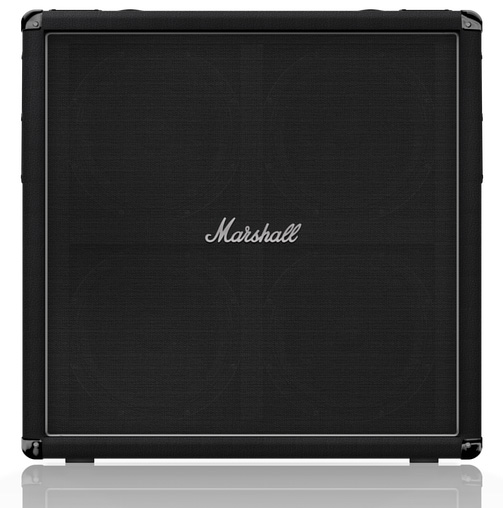
It might surprise you to find a Marshall 1960 cab in a dedicated bass plugin, but let us surprise you back with saying that this might be the bass sound that you have always sought for? Classic punch delivered from a classic source; the trusty 1960.
Speaker: Celestion G12T-75
LoadIR
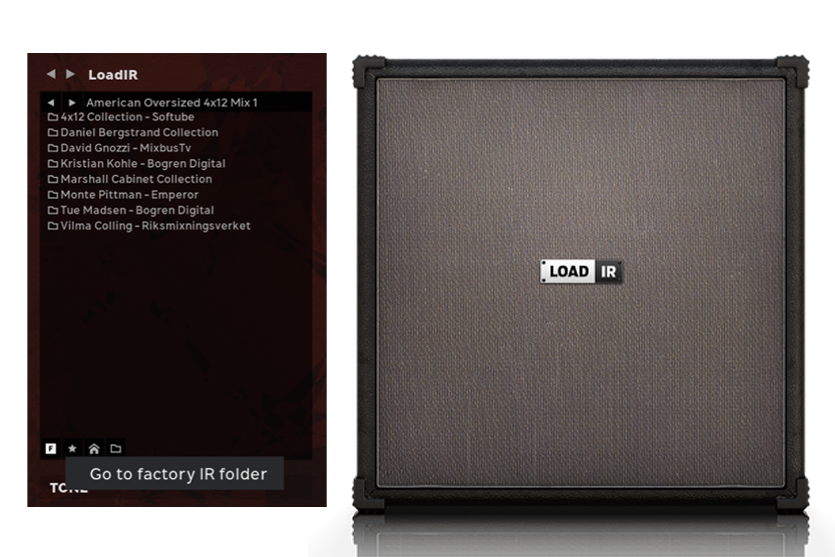
Load your own impulse responses (IRs) to create a totally customized signal chain. Any .wav file of standard sample rates and regardless of length can be uploaded into LoadIR, however only max 1 second, counting from the start, will be used.
Click the F (for Factory presets)-button to access the included Producer IR Packs and much more.
Included in the cabinet section is the IR loader module LoadIR. Locate it by clicking “Show All Cabs” in the cabinet section and looking last (far right) in the cabinet Gear menu.
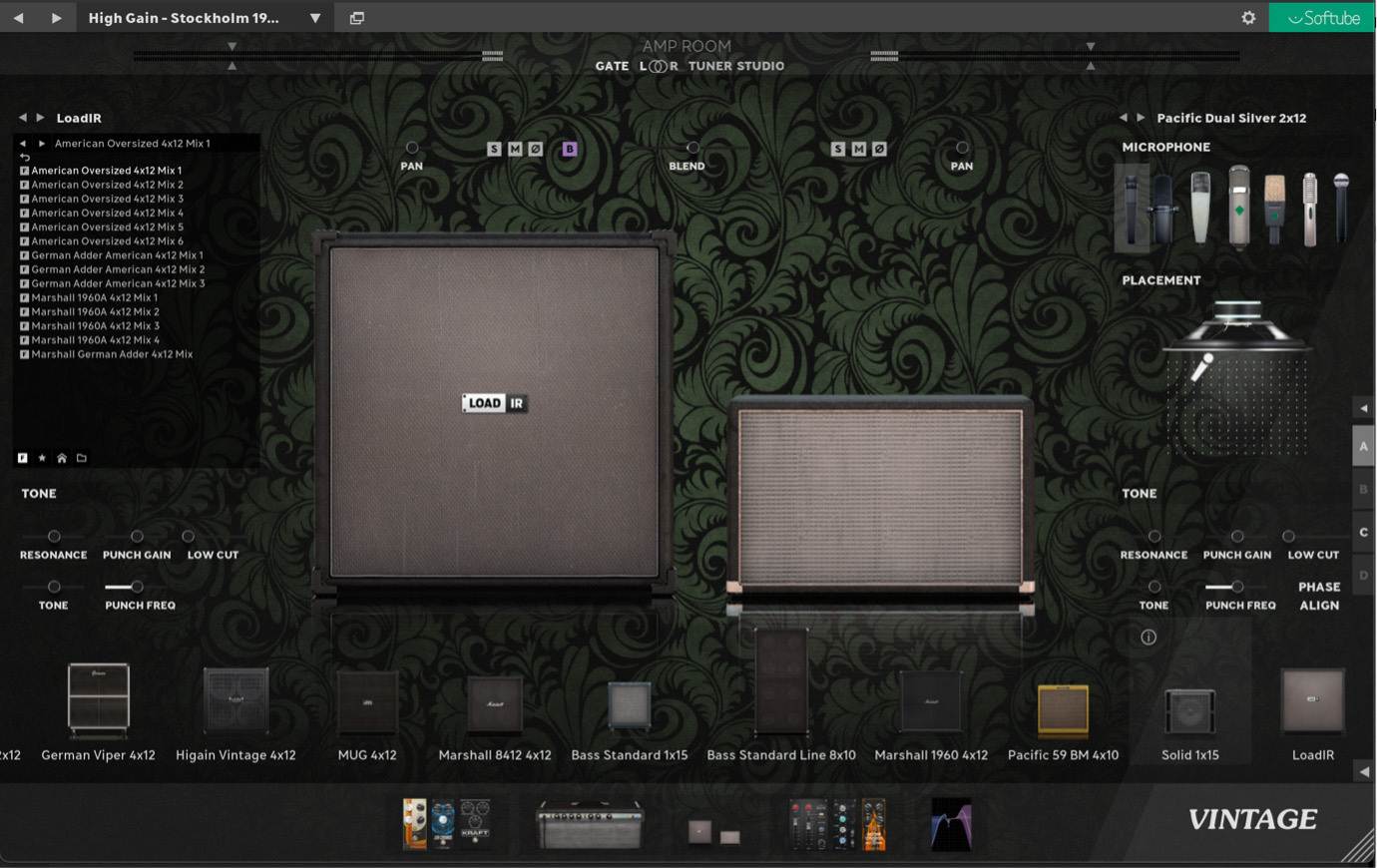
Microphone selection and positioning is not available for IRs, but the Tone controls are.
Step through the IRs by either the arrows next to the IR file name or by clicking directly in the drop-down list.
Clicking on the F icon at the bottom of the IR selection window will take you to the factory included IR folders. Click on a folder to access it. Click on the curved arrow to take you one step higher in folder hierarchy.

Every IR has two options to it.
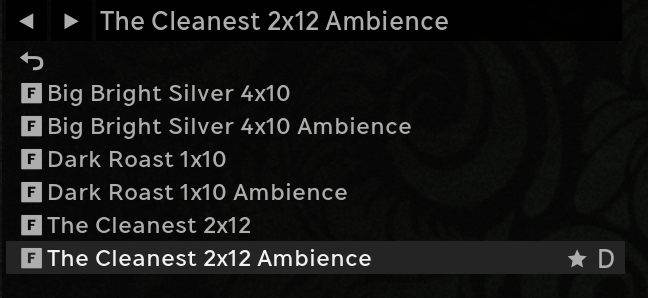
Clicking the star will add the IR to your favorites folder. Clicking the D will set the IR as the default IR when using the LoadIR module.
Access your favorites folder by clicking the star icon at the bottom of the IR selector window. Remove an IR from your favorites folder by clicking the IR’s star when in the favorites folder.

If you have your own IR library, access the OS browser by clicking the folder icon at the bottom of the IR selector window. Navigate through your HD and select an IR. The selected IR, along with all/any other IRs in the folder, will appear in the IR selector window. Step through them as you would with the factory IRs.

When a User IR is loaded and the OS folder is shown in the LoadIR display, alt/option + click the home icon to set the current OS folder as your home folder.
In the Settings menu (cog wheel icon, top right corner) there are two options that concern LoadIR. Normalizing non-factory IRs is to safeguard against third party IRs that might be harmfully loud. Automatically phase aligning third party IRs with Amp Room cabinets and IRs is for safeguarding against getting unwanted artifacts, such as phasing. Both can be unchecked but should be done so with care and at own risk.

An inserted IR will be saved along with the DAW project. Meaning, if the project is moved to another computer that does not have the selected IR locally LoadIR will still contain this IR and the signal chain will play as intended.
Saving a preset where LoadIR is used to Preset Collection will also save the IR to the preset.
The IR loader LoadIR supports .wav files in 16/24/32 bit (so basically any bit depth and in all sample rates (44.1, 48, 96, 176.4 and 192 kHz) up to 1 second for both mono and stereo IRs. If you choose to load a longer .wav file just for the heck of it, LoadIR will automatically introduce a fade after 0.8 seconds to comply with the 1 second length limitation.
Softube EQnäs EQ
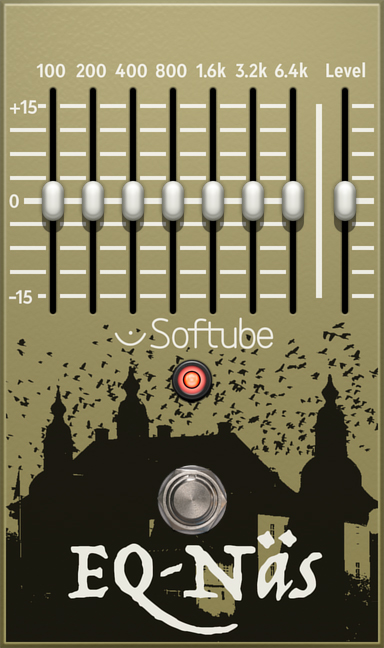
A seven band EQ can be a lifesaver in so many situations. You may have created a sound in Amp Room that is almost there. It just needs a little less low mids or more sparkle. EQnäs can save your day and make the difference between a good sound and a great one.
Placing an equalizer in front of a tube amp can help the amplifier come alive, make it scream and behave more aggressively. Depending on what frequencies you boost or cut, your tube amp will react, so it’s definitely worth pushing all the EQ sliders up and down to reach your desired result.
An EQ can also provide an effective method to make an instrument cut through a dense mix, or to whip up a telephone filter. You can even use the filter sliders to create a makeshift comb filter (push every second slider up and every second slider down on the left side and make an inverted EQ setting on the other side).
The seven sliders affect frequencies between 100 and 6,400 Hertz with a ± 15 dB range. The Level slider on the right can be used to compensate for any undesired volume change caused by the frequency sliders. It also has a ± 15 dB range.
Ekenäs Castle is a 17th century Baroque- style castle located outside of Linköping.
Softube JJB chorus
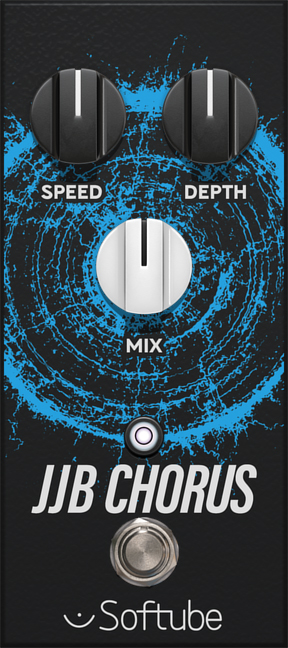
The chorus effect will bring a sweeping movement to almost any sound source. Overuse will bring back strong 80’s vibes.
This pedal adds a slight stereo image to a mono sound (if the track output is set to stereo). The Speed knob has a range from 0.3 to 9 Hertz. That’s the rate of the modulation. For reference, a Leslie cabinet rotates at approximately 1 Hertz (slow setting) and 8 Hertz (fast setting). Depth determines the depth of the modulation and Mix takes you from a dry to a fully wet sound.
JJB are the initials of Jöns Jacob Berzelius, a native of Linköping and one of the fathers of modern chemistry.
Softube Jet Town compressor

A compressor can affect the dynamics of your instrument in a big way. This pedal can be used on an electric guitar to boost the soft rhythmic noises for a funkier sound. Or on a bass to flatten out the volume, so that all notes get a more even loudness. Running an acoustic guitar through Jet Town can affect not only the overall loudness but also the attack and the length of the notes. There are several pop recordings with a bit too much compression on acoustic and electric pianos, giving them quite different sounds. And, of course, you nearly always use a compressor to tame vocals.
Attack can be set from 2 to 100 ms, and the Release range goes from 50 to 500 ms. Intensity sets the compressor threshold, i.e. the level where compression starts to kick in. In short: Increase the Intensity value to get more compression. Finally, use Output to balance the overall output of the pedal by ± 21 dB.
Jet Town is a reference to Linköping being Sweden’s number one aviation city. Airplane manufacturer SAAB AB has had its aerospace headquarters in the city since the early 1900s.
Softube Wahstena autowah
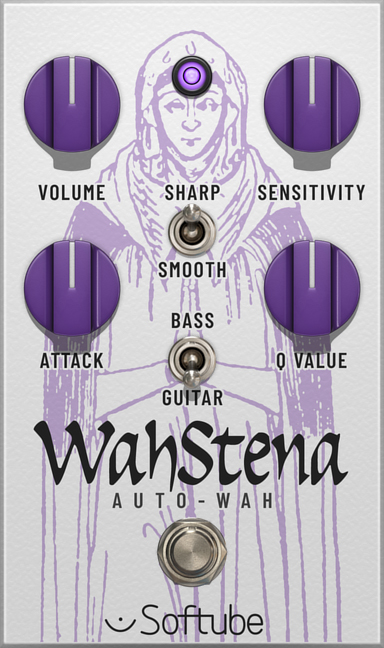
Use the Wahstena pedal preferably early in the signal chain. There are two main settings: Soft and Sharp. Use Sharp combined with a relatively high Q-value for that extra quacky sound and adjust Sensitivity to your liking. For a more discrete, but still impactful, sound, use the Smooth-setting together with a low to mid Q- value.
The Guitar/Bass switch should be seen as a recommendation and not necessary to follow. Use the one that suits your music best. The Bass-setting preserves more of the low frequencies to the keep the rhythm more intact.
Vadstena is a small medieval town to the southwest of Linköping. It has a castle, with moat and all, along with being the home of St. Bridgit of the Vadstena Abbey, one out of four patron saints of Europe.
Bass Octave octaver
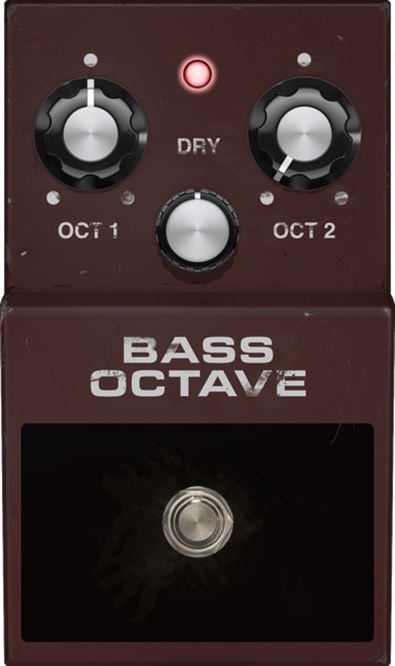
This pedal is based on a well-known and trusted tool for creating lower octaves for bass guitar. It adds two additional notes: one and two octaves below the played note. Volumes of both octaves can be set with their individual volume control and further tone shaping can be done with the Direct level-knob.
RMS 63

Based on a classic soft-knee, one-knob compressor that is sure to smash everything you throw at it, but all with maintained definition.
Add flavor and punch to your bass tracks, just by riding that one fader. Super easy to use, and difficult to abuse.
Softube Doom Chvrch reverb
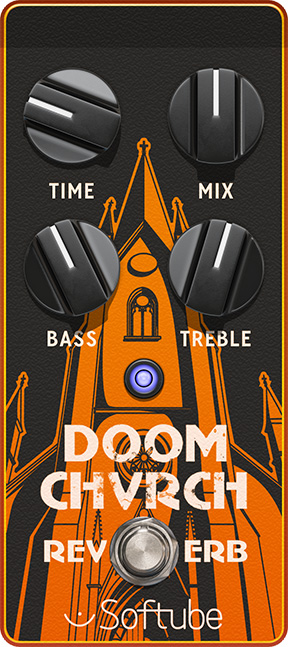
The Doom Chvrch reverb is a marriage between vintage and modern. Some parts, such as the modulation and diffusion, are inspired by the classic EMT 250 reverb, while the reverb tank itself comes from the huge hall we built for the Parallels® instrument. It was designed to allow you to go from a short “boxy” room sound, to epic and almost infinite perturbations that evolve over time into something completely different. It was never intended to sound realistic; it was designed to sound good.
Doom Chvrch is a stereo reverb that will give you a stereo output, even if the input is a mono signal. You can therefore use it in subtle amounts to give some depth to your track. The Time knob provides almost infinite reverberation. Mix adjusts the dry/wet balance and the Bass and Treble controls let you adjust the overall tone of the reverb effect.
“Doom Chvrch” is a local wordplay on the Domkyrka (Cathedral) of Linköping. Founded in the 13th century, it is a prominent part of the Linköping skyline.
Softube Wildboar delay

Delay or echo is one of the most desirable and necessary effects for many musicians, not only synth players, singers, and guitarists. When introduced in the fifties, tape effect units provided a method of adding space around singers and made instruments sound more exciting. Later it became a way of adding rhythmic effects in musical arrangements.
Delay sets a delay time from 20 to 1,000 ms. The Mix knob goes from completely dry to 50/50 (at 12 o’clock) to delay only. Feedback gives you anything from a single delay to almost infinity, and the repeats continue even after you turn the pedal off. If you want to quickly cut off the echoes, just turn down the Feedback knob. Tone does not affect the delay signal at all when set to 12 o’clock. Move it to the left to reduce treble and to the right to reduce bass.
At the module top bar there is also a Tap tempo function! Tap away to get the delay time you are looking for!
Sweden is largely covered by forest and, due to the country’s relatively low population density, rich in wildlife. The area around Linköping is particularly rife with wild boar.
Kraft overdrive
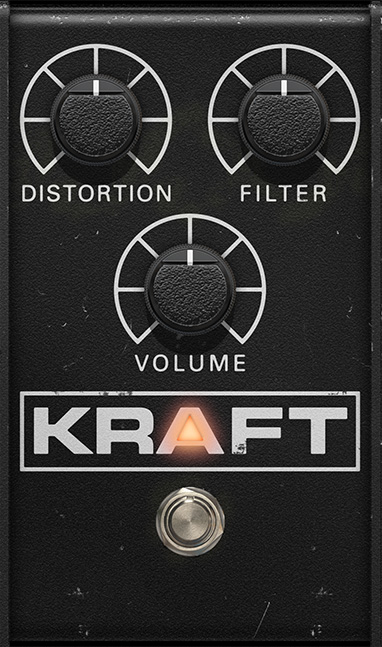
An overdrive/fuzz/distortion pedal masterpiece. Probably featured on more of your favorite recordings than you realize, and that is almost regardless of music genre.
The Kraft pedal transitions easily between warm, tempered overdrive to heaving chunks of heavy gain all around. Thanks to its renowned tone filter the output signal never lacks “muscle” or body and the pedal works just as well for bass as it does for guitar.
Whatever you are looking for in the gain, fuzz and/or distortion department, this is a good place to start your search at.
Softube Trollegater noise gate

Stacking up a load of pedals, especially those that add some kind of distortion, may result in a huge amount of noise building up. A noise gate can come in handy if noise becomes a problem.
One method is to put the gate last in the chain. That way, you will get rid of all unwanted hiss and rumble from your rig. However, if you use delay and reverb effects after overdrive and distortion pedals, the noise gate may cut off the tails of those effects. You could then try placing the gate before echo and reverb.
The Trollegater will always do its best to assist you in removing noise while preserving the music, but you must give it a little help. Start by turning the Threshold knob all the way to the left. With your instrument connected and all effects on but no music playing, listen closely to the noise. Increase the Threshold knob until the noise disappears. This is your correct setting!
Trollegater (transl.: Troll + gata = troll street) is a nature reserve outside Linköping with one of Sweden's largest natural cave systems.
American Class A 25 compressor
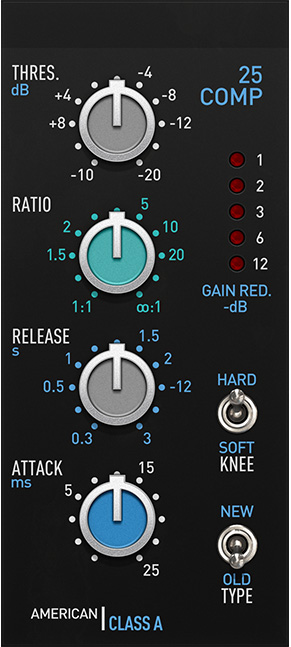
This unit is based on Softube’s take on the greatest classics of American mixing console hardware – a compressor with a famously punchy sound.
Apart from the standard compressor controls, American Class A also features a switch which allows you to choose between a feed forward or a feedback style of compressor. The feed forward (Type = New) is controlled and predictable, while the classic feedback mode (Type = Old) is more punchy.
A Hard Knee has a sharper transition between compressing and non-compressing states. A Soft Knee offers a more gradual transition, where the ratio gradually increases around the threshold. For most applications, Soft Knee is where you want to set it.
The Attack can be set between 1 and 25 milliseconds and the Release from 0.3 to 3 seconds. The Ratio knob sets the ratio which, in general, is often less than what the panel says. Threshold is adjustable from +10 to –20 dBu.
The Gain Reduction meter shows you how much the compressor squishes the sound.
You can either place it as a pedal style compressor in front of an amp, or you can use it as a mixing tool at the end of the signal chain. When using it as a mixing tool, we recommend that you listen to your guitars together with the rest of the mix. You will come a long way with just a touch of compression.
American Class A 55 EQ
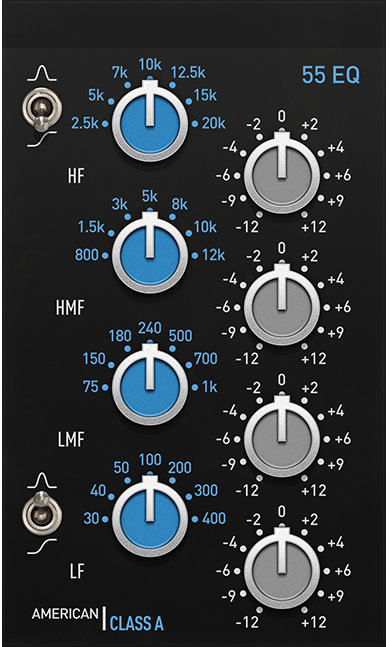
This EQ is based on a classic console equalizer that made it into a four-band 1U mastering equalizer, a Softube Console 1 strip, and now finally turns up inside Amp Room! This EQ is rock music. The weight of the mids are legendary and the punch of the low end can be heard on countless albums.
The four EQ bands each have 7 center frequencies. The Gain knobs are divided into 11 steps, ranging from –12 to +12 dB.
Both the high and the low filter can be switched between Shelving or Bell filters.
You can either use it as a pedal style EQ in front of an amp, or as a mixing tool to sculpt the output of Amp Room. Anything goes!
The Gain Reduction meter shows you how much the compressor squishes the sound.
Room Ambience RoomIR

If you connect an instrument to your sound card and run the signal through Amp Room while using headphones, you will hear a completely dry signal.
With this effect somewhere near the end of your signal chain, you can add some natural room ambience.
Five room impulse responses are available. All of them have Near and Far faders, plus you can choose to delay the Near response with a pre-set predelay time to achieve a great slap-back effect. The two Pan knobs lets you spread out the room impulses in the stereo field.
Room info:
- Roundhouse: A wooden curved house in Oslo, Norway.
- Brick Brewery: Is what the name says. Located in Copenhagen, Denmark.
- Concrete Harbor: A stripped bare office floor, overlooking the harbor in Torshavn, Faroe Islands.
- Fallout Shelter: A classic Scandinavian public fallout shelter. Recorded in Helsinki, Finland.
- Winter Garden: Beautiful place. Owned by a well-known Swedish actor. Located outside of Stockholm, Sweden.
Note: The output of this effect is in stereo. To hear the full stereo sound, you may have to switch the track in your DAW to stereo.
Patrik Jensen – Product Owner
Johan Toverland – Project Management
Stefan Aronsson – Product Marketing
Kim Larsson, Mattias Flygare, Fredrik Jansson, Anton Eriksson and Niklas Odelhom – DSP modeling
Pelle Serander, Patrik Holmström and Arvid Johnsson – Framework programming
Björn Rödseth – DSP backend programming
Niklas Odelholm – General graphic design
Ulf Ekelöf, Thomas Merkle, Nis Wegmann and Manuel Colom – Graphic design
Stefan Aronsson and Patrik Jensen – Presets
Emanuel Enbäre and Niels Nielsen– Quality assurance
Thank you to: Daniel Bergstrand @ SDFX, Kristian Kohle @ Kohlekeller Studio, Thomas Plec Johansson @ The Panic Room, David Castillo @ Studio Gröndal, Tue Madsen @ Antfarm Studio, Vilma Colling @ Riksmixningsverket, Jacek @ Bogren Digital, David Gnozzi @ MixbusTv, Monte Pittman and Mikael Almgren.